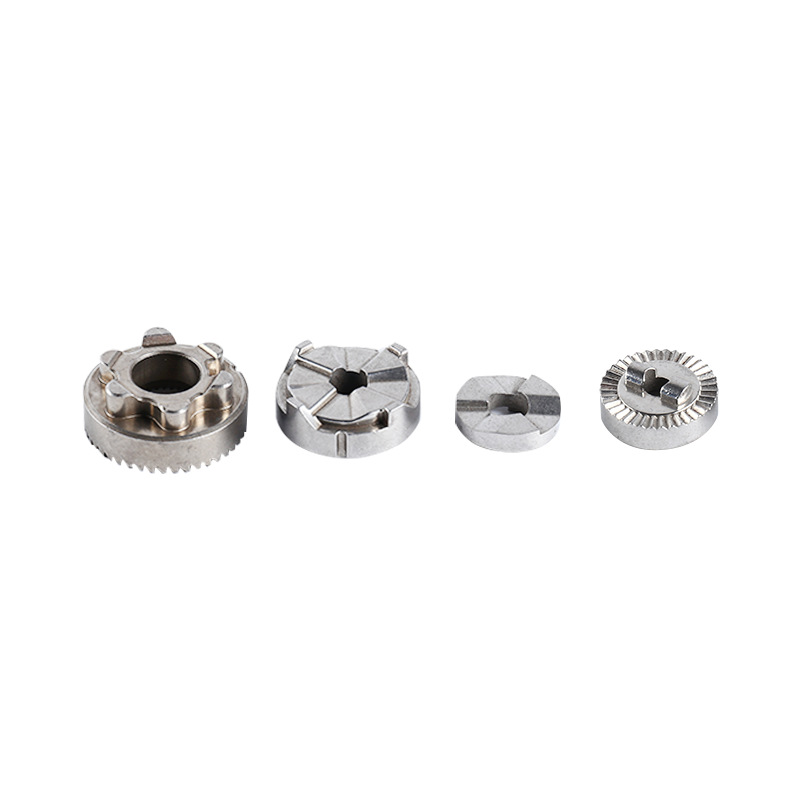Fluidity refers to the ability of alloy liquid to fill the mold. The degree of fluidity determines whether an alloy can cast complex castings. The flowability of eutectic alloys in aluminum alloys is the best.
There are many factors that affect fluidity, mainly composition, temperature, and the presence of metal oxides, metal compounds, and other pollutants in the alloy liquid as solid particles. However, the fundamental external factors are the pouring temperature and pressure (commonly known as the pouring pressure head).
 In actual production, when the alloy has been determined, in addition to strengthening the melting process (refining and slag removal), it is also necessary to improve the casting process (sand mold permeability, metal mold exhaust and temperature), and increase the pouring temperature without affecting the quality of the casting to ensure the fluidity of the alloy.
In actual production, when the alloy has been determined, in addition to strengthening the melting process (refining and slag removal), it is also necessary to improve the casting process (sand mold permeability, metal mold exhaust and temperature), and increase the pouring temperature without affecting the quality of the casting to ensure the fluidity of the alloy.
Precautions for die-casting forming conditions:
Die-casting machines, die-casting alloys, and die-casting molds are the three essential elements of die-casting production, and none of them are indispensable. The so-called die-casting process is the organic and comprehensive application of these three elements, enabling the stable, rhythmic and efficient production of qualified castings with good appearance, internal quality, dimensions that meet the requirements of the drawings or agreements, and even high-quality castings.
Material melting temperature, mold temperature during injection, and melt temperature;
Finally, the condition of the die-cast product needs to be repaired in order to obtain a complete product. Principles for selecting the working temperature of die-casting molds:
1) The mold temperature is too low, the internal structure of the casting is loose, and it is difficult to exhaust air, making it difficult to form;
2) The mold temperature is too high, and the internal structure of the casting is dense, but the casting is easy to "weld" and adhere to the mold cavity, making it difficult to remove the casting from the mold. At the same time, excessive temperature can cause the mold itself to expand, affecting the dimensional accuracy of the casting.
3) The temperature of the mold should be selected within a suitable range. Generally, after testing, constant temperature control is preferred. The precautions for die-casting forming conditions can be simply summarized into the following two aspects:
*Material melting temperature, mold temperature during injection, and melt temperature;
Previous: Die Casting Design
 Send A Message
Send A MessageIf you are interested in our products and want to know more details,please leave a message here,we will reply you as soon as we can.